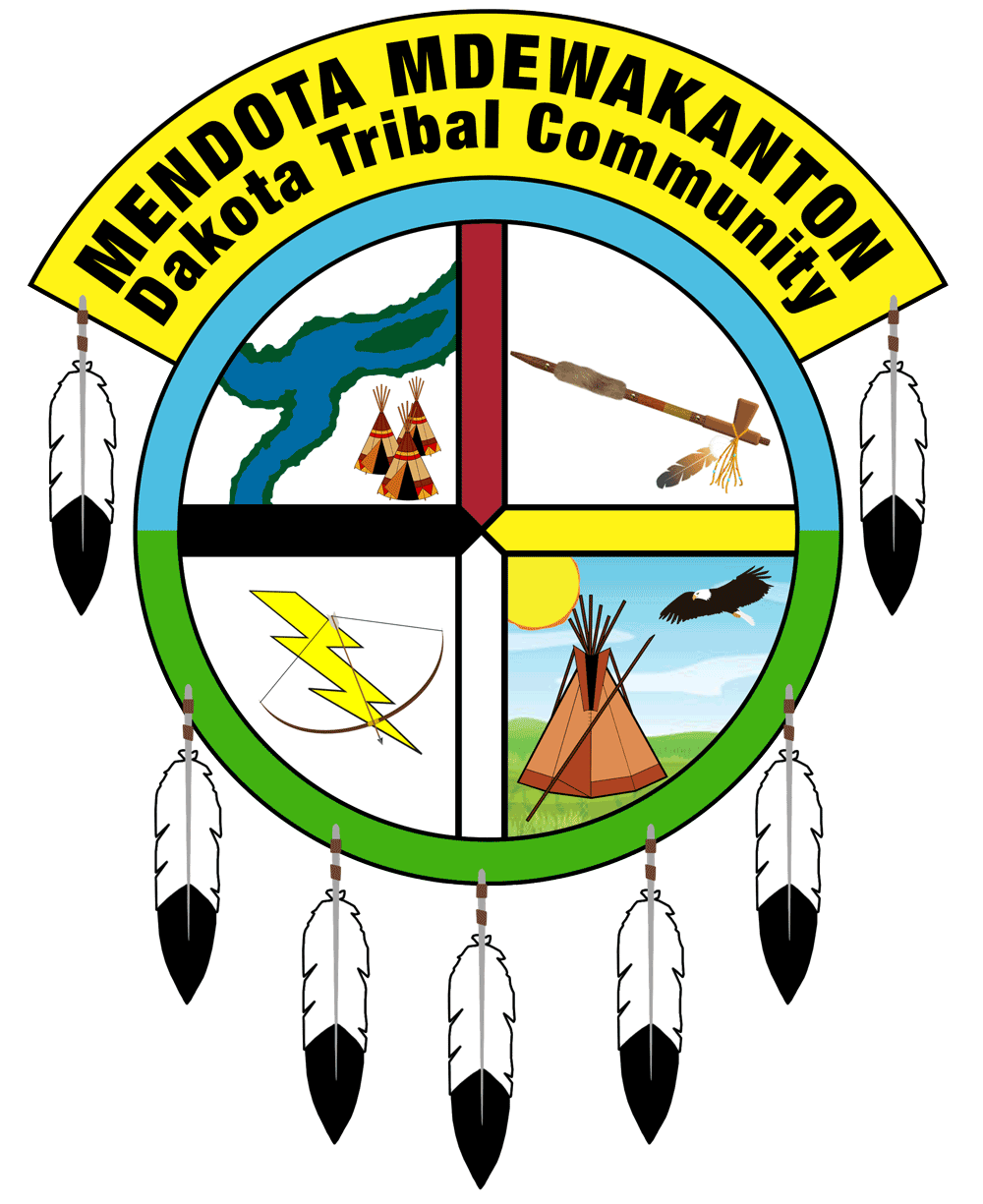New Legislation Threatens American-Indian Women’s Reproductive Health
By Michelle Chen, In These Times
Posted on July 21, 2008, Printed on July 21, 2008
http://www.alternet .org/story/ 92227/
When it comes to their health, American Indian women face extraordinary barriers — from high disease risks to increased incidents of sexual violence. They now face another obstacle, rooted in the political battleground of abortion.
The Senate’s recent passage of the Indian Health Care Improvement Act was a breakthrough for advocacy groups that have long pushed for the bill’s provisions — new programs, improved facilities and funding for the Indian Health Services (IHS) system, which serves about 1.9 million people nationwide.
But the victory is dampened by a poison pill provision slipped in by Sen. David Vitter (R-La.) that explicitly restricts abortions under IHS programs. The amendment was approved along with the bill in February. As In These Times went to press, it was unclear whether the House would vote on companion legislation carrying a similar amendment.
Speaking at a Right to Life rally in January, Vitter boasted that his amendment put “clear, strong, pro-life language in that Indian health-care bill.”
In fact, the amendment mostly replicates an older, more general ban on abortion funding under federal health programs, known as the Hyde Amendment. IHS is already subject to those restrictions, which allow federal financing for abortion only in cases of rape, incest or endangerment of the pregnant woman’s life.
Still, Vitter’s initiative entrenches Hyde’s strictures more firmly by directly changing IHS’s long-term governing statute. Enacted in the late 1970s, Hyde is subject to annual revision when renewed through the appropriations process. It mainly applies to Medicaid, but anti-abortion groups have lobbied to expand its reach in other areas, such as the military and federal prison health systems.
Opponents say Vitter has tethered crucial health programs to an anti-abortion agenda and brazenly targeted Native women’s reproductive rights.
“It’s a race-based amendment, because it’s trying to reduce our right to access abortion more than any other race of women in this country,” says Charon Asetoyer of the Native American Women’s Health Education Resource Center (NAWHERC), a research and advocacy organization.
Critics point to slight differences in the wording of the Vitter amendment that could tighten existing restrictions — for instance, the limitation of the incest exception to women under 18.
Although some states offer separate funding for abortions deemed medically necessary for overall health, Hyde has generally succeeded in raising barriers to abortion for poor women. By making abortion prohibitively costly, the funding restrictions have historically led many women to have abortions later, at greater medical risk, or not at all, according to a study by the Guttmacher Institute, a reproductive- health policy group.
The consequences of abortion funding restrictions are uniquely dire in Native communities, where women are disproportionately poor, more likely to be sexually assaulted, and acutely limited in their options for dealing with unplanned pregnancy.
“Native women are so much more vulnerable on so many levels,” says Sarah Deer, a Minnesota-based victim advocacy legal specialist with the Tribal Law & Policy Institute, “from health problems, to being victims of violence, to housing. We’re the ones suffering the most on a lot of different issues.”
According to research by NAWHERC, IHS facilities performed only a handful of abortions over a two-decade period. But the Center has also found that IHS staff routinely failed to properly enforce the Hyde Amendment’s protections for assault survivors. Meanwhile, state health records indicate that Native women in North and South Dakota and Alaska are over-represented among abortion cases compared to their overall state populations, suggesting that many are resorting to private abortion providers.
This isn’t the first time the abortion issue has ensnared Indian Country. In South Dakota, which has an especially high Native population, Asetoyer and other activists campaigned successfully in 2006 against a proposal for a statewide ban on abortions. A similar initiative is up for a referendum vote this November.
But since the Vitter amendment would not dramatically change current abortion policies at IHS, the bigger concern is that it will sink the Native health bill altogether, killing prospects for a much needed funding infusion.That would still be a victory for Vitter, who voted against the bill even with his amendment.
To Kitty Marx, legislative director of the National Indian Health Board, an advocacy group representing Native communities, the health of nearly 2 million American Indians and Alaskan Natives is being subsumed in a political proxy battle.
“[This] is an Indian health-care bill — written by Indians for Indians,” she says. “If Congress wants to have a national debate on abortion, then have it on a national bill.”
Asetoyer says Vitter’s initiative creates a cruel dilemma for activists focused on the intersection between reproductive rights and Native health issues. She continues to support the bill despite the amendment: “We just may have to eat this one, because we cannot use this to stop the bill from going through. Otherwise, we’d end up with no health care at all.”
Michelle Chen’s work has appeared in Extra!, Legal Affairs, City Limits and Alternet, along with her self-published zine, cain.
